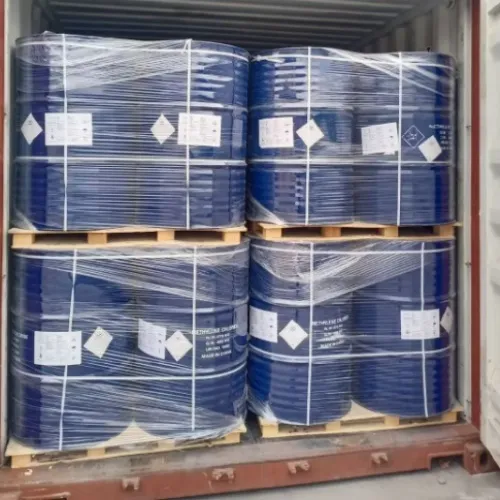Warning: Undefined array key "title" in /home/www/wwwroot/HTML/www.exportstart.com/wp-content/themes/1198/header.php on line 6
Warning: Undefined array key "file" in /home/www/wwwroot/HTML/www.exportstart.com/wp-content/themes/1198/header.php on line 7
Warning: Undefined array key "title" in /home/www/wwwroot/HTML/www.exportstart.com/wp-content/themes/1198/header.php on line 7
Warning: Undefined array key "title" in /home/www/wwwroot/HTML/www.exportstart.com/wp-content/themes/1198/header.php on line 7
- Afrikaans
- Albanian
- Amharic
- Arabic
- Armenian
- Azerbaijani
- Basque
- Belarusian
- Bengali
- Bosnian
- Bulgarian
- Catalan
- Cebuano
- China
- China (Taiwan)
- Corsican
- Croatian
- Czech
- Danish
- Dutch
- English
- Esperanto
- Estonian
- Finnish
- French
- Frisian
- Galician
- Georgian
- German
- Greek
- Gujarati
- Haitian Creole
- hausa
- hawaiian
- Hebrew
- Hindi
- Miao
- Hungarian
- Icelandic
- igbo
- Indonesian
- irish
- Italian
- Japanese
- Javanese
- Kannada
- kazakh
- Khmer
- Rwandese
- Korean
- Kurdish
- Kyrgyz
- Lao
- Latin
- Latvian
- Lithuanian
- Luxembourgish
- Macedonian
- Malgashi
- Malay
- Malayalam
- Maltese
- Maori
- Marathi
- Mongolian
- Myanmar
- Nepali
- Norwegian
- Norwegian
- Occitan
- Pashto
- Persian
- Polish
- Portuguese
- Punjabi
- Romanian
- Russian
- Samoan
- Scottish Gaelic
- Serbian
- Sesotho
- Shona
- Sindhi
- Sinhala
- Slovak
- Slovenian
- Somali
- Spanish
- Sundanese
- Swahili
- Swedish
- Tagalog
- Tajik
- Tamil
- Tatar
- Telugu
- Thai
- Turkish
- Turkmen
- Ukrainian
- Urdu
- Uighur
- Uzbek
- Vietnamese
- Welsh
- Bantu
- Yiddish
- Yoruba
- Zulu
Aug . 17, 2024 10:27 Back to list
Xanthan Gum Market Trends and Insights in China
Xanthan Gum in China Trends, Production, and Applications
Xanthan gum is a polysaccharide that is widely used as a thickening and stabilizing agent in various industries, including food, pharmaceuticals, cosmetics, and oil drilling. It is produced by the fermentation of sugar by the bacterium *Xanthomonas campestris*. The global demand for xanthan gum has been steadily increasing, and China has become a significant player in its production and export.
China is one of the largest producers of xanthan gum in the world, accounting for a substantial portion of the global supply. The country's rich agricultural resources, particularly in terms of corn and sugar beets, provide an ample supply of raw materials for xanthan gum production. This has allowed Chinese manufacturers to enhance their production capabilities and meet the rising demand both domestically and internationally.
Xanthan Gum in China Trends, Production, and Applications
In the food industry, xanthan gum is used in various applications, from salad dressings and sauces to baked goods and dairy products. Its unique properties allow it to thicken and stabilize products without altering their flavor, which is a significant advantage for food manufacturers. Additionally, xanthan gum is gluten-free, making it an attractive alternative for those with dietary restrictions or gluten sensitivities.
xanthan gum china

Beyond the food sector, xanthan gum has found applications in the pharmaceutical and cosmetics industries. In pharmaceuticals, it is used as a thickening agent in suspensions and gels, helping to improve the delivery of active ingredients. In cosmetics, xanthan gum functions as a stabilizer in creams and lotions, enhancing their texture and preventing separation. As the demand for high-quality cosmetic products continues to rise, the use of xanthan gum in this sector is expected to grow.
China's xanthan gum production is supported by a robust infrastructure and investment in technology. Leading manufacturers are continually optimizing their processes to improve yield and reduce production costs. This focus on efficiency has enabled Chinese companies to compete effectively in the global market, often offering xanthan gum at competitive prices. Furthermore, stringent quality control measures have been implemented to ensure that the product meets international standards, which is crucial for maintaining export opportunities.
Despite the promising growth trajectory, the xanthan gum industry in China faces challenges such as fluctuating raw material costs and environmental regulations. The production process can be resource-intensive, raising concerns about sustainability. However, many manufacturers are actively seeking ways to adopt more environmentally friendly practices, including waste reduction and better energy management, to mitigate their ecological footprint.
In conclusion, xanthan gum has established itself as a versatile and valuable ingredient in various industries, with China playing a pivotal role in its production. The increasing demand for natural and clean-label products, along with advancements in production technology, positions China as a leader in the global xanthan gum market. As the industry continues to evolve, addressing environmental challenges and maintaining product quality will be essential for sustaining growth and meeting the needs of an ever-expanding customer base.
Latest news
-
Certifications for Vegetarian and Xanthan Gum Vegetarian
NewsJun.17,2025
-
Sustainability Trends Reshaping the SLES N70 Market
NewsJun.17,2025
-
Propylene Glycol Use in Vaccines: Balancing Function and Perception
NewsJun.17,2025
-
Petroleum Jelly in Skincare: Balancing Benefits and Backlash
NewsJun.17,2025
-
Energy Price Volatility and Ripple Effect on Caprolactam Markets
NewsJun.17,2025
-
Spectroscopic Techniques for Adipic Acid Molecular Weight
NewsJun.17,2025

